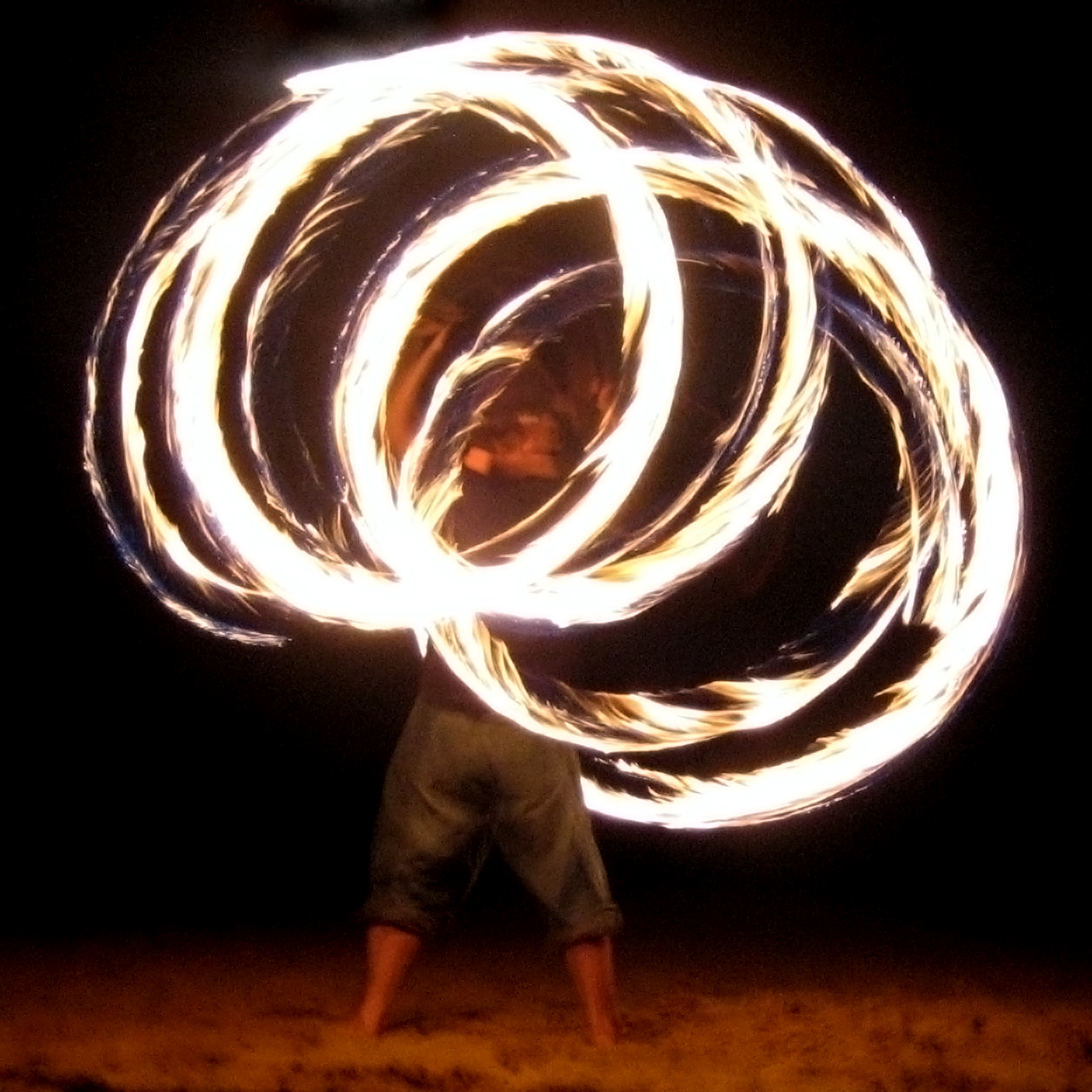 |
| "Land of the Mountain and the Flood" Photograph Copyright by Kathryn Louise Wood |
 |
| "The Fairy Bridge" Photograph Copyright by Kathryn Louise Wood |
About three miles away from Dunvegan Castle is a picturesque stone arch of a bridge known as the Fairy Bridge. As with many ancient legends, there is more than one story behind it so I will use my novelist's prerogative and choose the one that most tickles my fancy. Long, looooong ago, the Chief of Clan MacLeod fell in love with a beautiful fairy lady who agreed to marry him. Only problem was that after twenty years of nuptial bliss she must return to her own people (fairy folk, that is.) When the time came, the Chief and his fairy wife bid farewell atop the bridge and she left him a token of her love in the form of a golden, silk scarf. This leads us directly to the Fairy Flag of Dunvegan Castle.
 |
| "Dunvegan Castle" Photograph Copyright by Kathryn Louise Wood |
 |
| "Highland Cow" Photograph Copyright by Kathryn Louise Wood |
The Isle of Skye is fairly bursting with such tales and, exploring its green hills, rippling brooks, deep lochs, and rocky cliffs, it's easy to fall beneath its spell where belief in fairies and their magical flags seems altogether reasonable.
Have a good couple weeks, dear Reader. Thanks for stopping by...y'all come back now!
Kate
 |
| Isle of Skye, Scotland--Contains Ordnance Survey data © Crown copyright and database right [CC BY-SA 3.0 via Wikimedia Commons |


